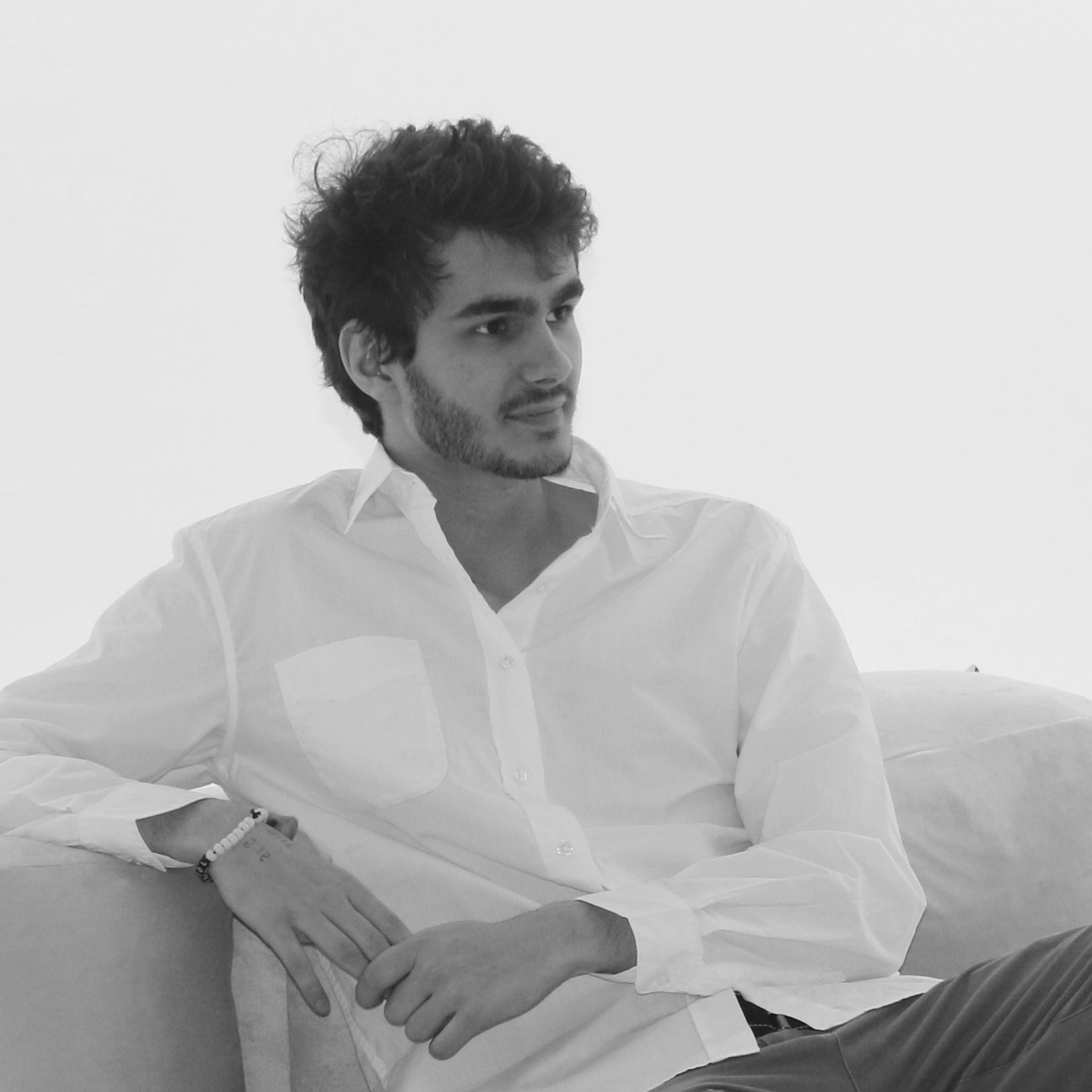What it does
For people that have no access to electricity, limited water, limited space or those that want to be a little more environmentally conscious. The Pull Dry is a solution that allows for transporting, washing and drying clothing without electricity.
Your inspiration
The idea began from needing to dry my own clothing quickly and affordably in a small apartment. Our windows don't open, a clothes horse takes all the space in my room and the dryers we have access to are expensive and ineffective. Upon further research I realized that many people around the world are forced to wash their clothing in rivers and hang them up to dry in their cramped living spaces. Respectively, a cheaply manufacturable solution to transport, wash and dry clothing would be the ideal solution.
How it works
For washing/transporting, rope is threaded through to allow the barrel to spin freely. This tumble washes the clothing, the internal straps add extra agitation to the water and clothing as well as seal the wooden ends onto the barrel. For drying, 4 strings are threaded through and attached to a sturdy structure. With a helping hand to get started, the user repeatedly pulls the strings. This spins the barrel up to a very high rpm, forcing the water out through centrifugal force. The barrel can reach such high speeds easily due to the twisted string converting pulling motion to spinning very efficiently. The design also has a floating pivot point, which allows for significant vibration from uneven spinning loads without damage.
Design process
The process started through sketching and brainstorming ideas that could dry clothing without electricity. I tested and researched many different ways to convert pulling forces into spinning forces, and arrived at the conclusion that the twisted string was the most efficient - by a very significant margin. I created physics simulations and 3D printed models to refine the final form, experimenting with folding and collapsible designs, but these all hindered the performance as they increased air resistance. Progressively larger scale models were created to test with articles of clothing, and the force was still more than capable of rendering the clothes effectually dry after seconds of spinning. Satisfied with the function of the (≈) half scale model and without funding or workshop access, I created renders and animations to show what the resolved outcome would be.
How it is different
To the best of my knowledge there is no complete solution for transporting, washing and drying clothing without electricity. Washing clothes in a river and drying in the sun is the closest method, but this is not an option for people living in urban environments or with small living spaces, such as myself. This product could also reach a wide variety of people with slight alterations to the design. The example I have shown above is for transport washing and drying, it is constructed out of CNC wood and blue plastic water drums to lower manufacturing costs. The plastic barrel could be replaced with steel and made to look more aesthetic to fit as a round corner table/clothes dryer in a more upscale environment. This would be more in line with my problem set (limited space drying), whereas the above design has been created for those that don't have access to ANY electricity.
Future plans
The next step for this design would be to gauge interest from customers within the target audience of apartment dwellers with limited space. This would be with the refined, steel corner table/dryer version rather than the version above. The funding from sales of the refined version would be put towards lowering the cost of the transport/wash and dry version. This combined with donations and other funding would support getting the design to people who's lives it could really improve.



Connect